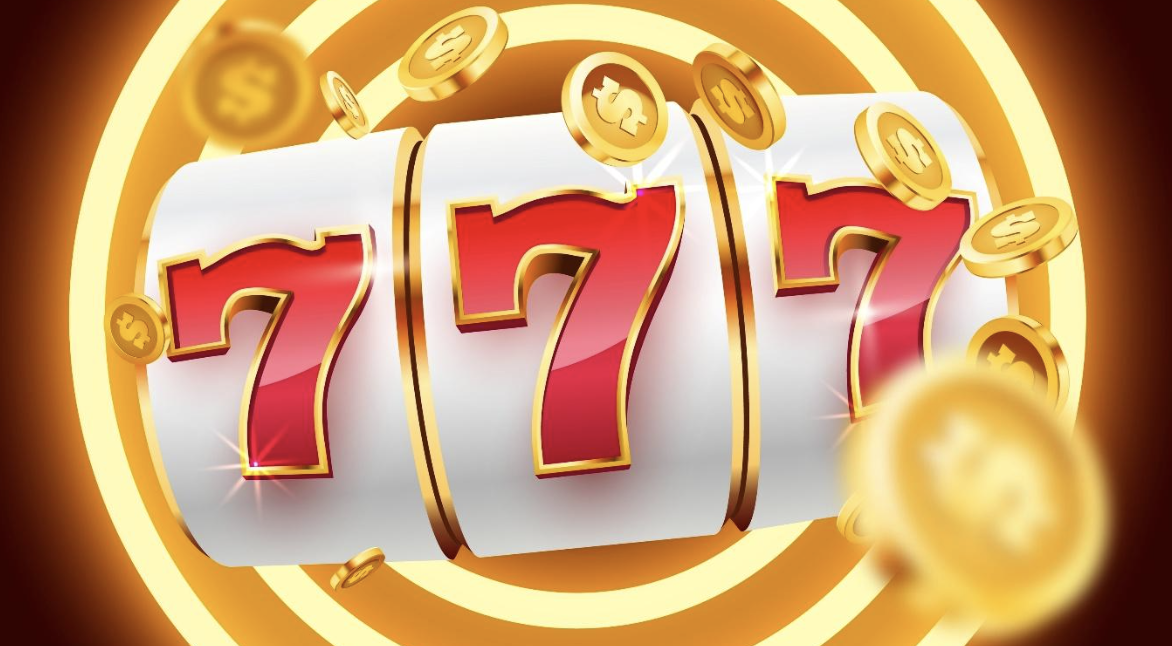The Math Behind the Magic: How Slot RTP and Volatility Really Work

The mesmerizing world of slot machines operates on precise mathematical frameworks that dictate every spin’s potential outcome. Platforms like pgsexy88 utilize these calculated algorithms to create balanced gaming experiences where entertainment intersects with statistical probability. At the core of this system lies two fundamental concepts: Return to Player (RTP) percentages and volatility indices. These numerical values form an invisible blueprint determining how frequently and substantially games reward players over extended periods. Understanding their intricate relationship transforms casual spinning into informed gameplay, revealing the engineered patterns behind what many perceive as pure chance.
RTP represents the theoretical percentage of wagered money a slot returns to players across millions of simulated spins. A game with 96% RTP doesn’t guarantee $96 back from every $100 bet, but rather establishes a long-term average that individual sessions may wildly deviate from. This percentage gets calculated through combinatorial mathematics, accounting for every possible symbol combination across virtual reels. Software developers employ Monte Carlo simulations to test these models, running billions of trial spins until results stabilize within regulatory tolerances. On reputable platforms like pgsexy88, independent auditors verify these calculations, ensuring the published RTP reflects actual in-game mathematics rather than marketing fiction.
Volatility measures the risk spectrum within this mathematical framework. Low-volatility slots distribute frequent but modest payouts along a smooth curve, while high-volatility games concentrate rewards into explosive but infrequent bursts. The statistical dispersion gets quantified using standard deviation formulas, with wider variances indicating riskier payout profiles. Interestingly, two slots with identical RTP can deliver radically different experiences based solely on volatility distribution. A 96% RTP game might refund $96 through consistent $0.96 increments or through occasional $960 payouts amid droughts – a critical distinction that savvy players on pgsexy88 use to match games with their bankroll strategies.
Modern slot mathematics incorporate sophisticated balancing mechanisms between these elements. Game designers manipulate symbol frequencies, blank positions, and bonus triggers to fine-tune the volatility/RTP equilibrium. A trending technique involves dynamic volatility adjustment, where games subtly modify payout dispersion based on player behavior patterns. Some progressive platforms now offer adjustable RTP models, allowing users to select preferred risk/reward profiles before playing. These innovations demonstrate how mathematical transparency can enhance rather than diminish player engagement when presented ethically.
The interplay between theoretical calculations and real-world outcomes reveals fascinating behavioral economics. Human psychology naturally seeks patterns in random distributions, leading to common misconceptions about “due” wins or “cold” machines. Probability theory confirms each spin remains an independent event, with RTP only manifesting over geological timescales of continuous play. This explains why short-term sessions often show dramatic variance from expected values, while platforms like pgsexy88 maintain profitability through persistent volume rather than individual results.
Advanced players leverage this knowledge through strategic game selection and bankroll management. By cross-referencing RTP certifications with volatility indices, they identify slots where the mathematical edge aligns with personal risk tolerance. The most disciplined approach involves calculating optimal bet sizes based on volatility-adjusted session lengths, ensuring sufficient funds to endure variance cycles. Modern tools like personalized analytics dashboards help track performance against theoretical expectations, transforming raw data into actionable insights.
As technology evolves, so too does slot mathematics. Emerging concepts like skill-based RTP adjustments and blockchain-verified randomness are pushing the boundaries of traditional probability models. These innovations promise greater transparency while preserving the thrilling uncertainty that makes slots perpetually captivating. Through understanding these hidden numerical architectures, players can appreciate slots as marvels of mathematical engineering rather than mere games of chance.



